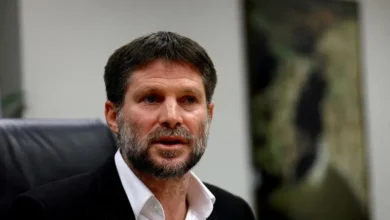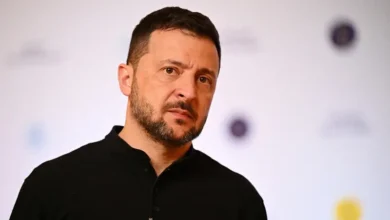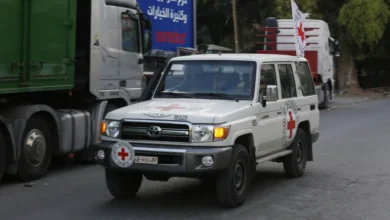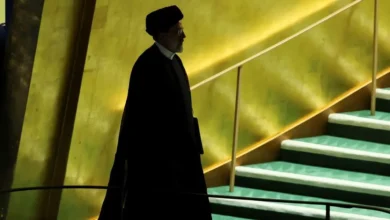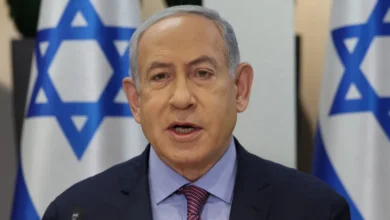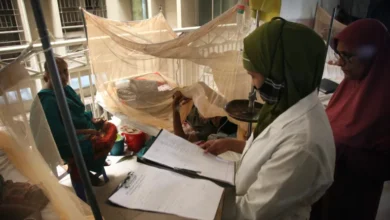Israel, Hamas agree to truce, paving way for some captives’ release
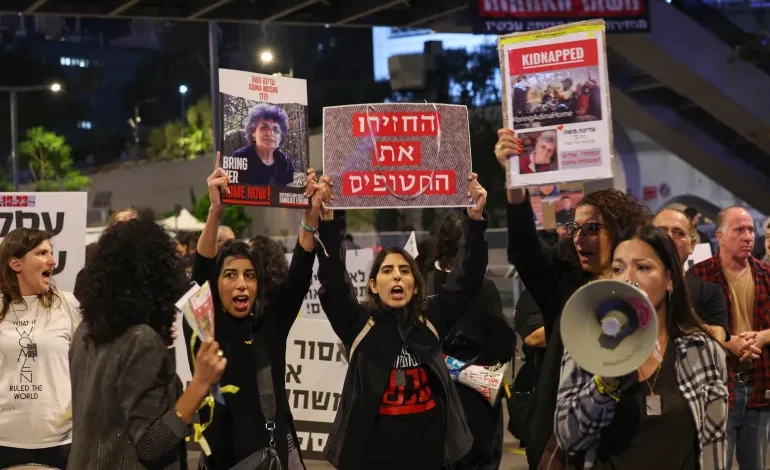
Israel and Hamas have agreed to a temporary pause in the war that will enable the release of about 50 people who have been held captive in Gaza since the Hamas armed group stormed southern Israel on October 7, in exchange for Palestinians held in Israeli jails.
The Israeli cabinet backed the agreement after talks on a Qatar-mediated deal that continued into the early hours of Wednesday morning, with Israeli media reporting heated exchanges between ministers of Prime Minister Benjamin Netanyahu’s government.
In the end, only three of the 38 members of the cabinet voted against the truce – National Security Minister Itamar Ben-Gvir and two other members of his far-right political party.
The prime minister’s office said the deal would require Hamas to release at least 50 women and children during a four-day truce. For every additional 10 hostages released, the pause would be extended by a day, it said, without mentioning the release of Palestinian prisoners in exchange.
“Israel’s government is committed to return all the hostages home. Tonight, it approved the proposed deal as a first stage to achieving this goal,” it said in its brief statement.
Hamas, which controls Gaza, also released a statement, confirming that 50 women and children held in the territory would be freed in exchange for Israel releasing 150 Palestinian women and children from Israeli jails.
It said that Israel would also stop all military actions in Gaza and that hundreds of trucks carrying humanitarian, medical and fuel aid would be allowed into the territory.
Officials from Qatar, the United States, Israel and Hamas have for days been suggesting a deal was imminent.
In a statement issued later, Qatar confirmed the “success” of mediation efforts, which also involved Egypt and the United States, and confirmed the broad parameters of the agreement.
“The starting time of the pause will be announced within the next 24 hours and last for four days, subject to extension,” the statement said.
It confirmed that humanitarian aid would be sent to Gaza and that 50 women and children held captive there would be released in exchange for “a number of Palestinian women and children detained in Israeli prisons”.
The “number of those released will be increased in later stages of implementing the agreement,” it added without going into detail.
Pressure
Ahead of the meeting to discuss the deal, Netanyahu thanked Biden for his work to include more captives and fewer concessions in the agreement.
“It took significant US pressure to get this deal done, which really tells you what it’s going to take in terms of US pressure to get something more permanent in place if not a transition to Palestinian self-rule of some kind,” James Dorsey, an honorary fellow at the National University of Singapore’s Middle East Institute, told Al Jazeera.
Netanyahu stressed that Israel had no intention of ending the conflict.
“We are at war and we will continue the war until we achieve all our goals,” he said in a recorded message. “To destroy Hamas, return all our hostages and ensure that no entity in Gaza can threaten Israel.”
Still, some analysts said the international community should use the pause to try and secure a more lasting end to the fighting.
“In the coming days, more aid will come in, more fuel, hopefully more medical supplies and the most seriously injured can be evacuated, but beyond that, in these coming days of pause, there needs to be massive pressure on Israel to not recommence the fighting at the end of this period,” said Antony Loewenstein, an independent journalist and author based in Australia.
About 237 captives from Israel and several other countries are believed to be in Gaza, and Biden said some Americans would be released during the upcoming pause. Other foreign nationals are not thought to be part of the agreement.
Hamas has released only four captives since the abductions took place more than a month ago – an American mother and her daughter and two elderly Israeli women.

